Our dogs are our best friends, loyal companions, and protectors. But what if I told you that lurking beneath that wagging tail and those puppy-dog eyes is the potential for aggression? Understanding these hidden dangers can help you protect your family and ensure a safe environment for everyone.
1. Protective Instincts
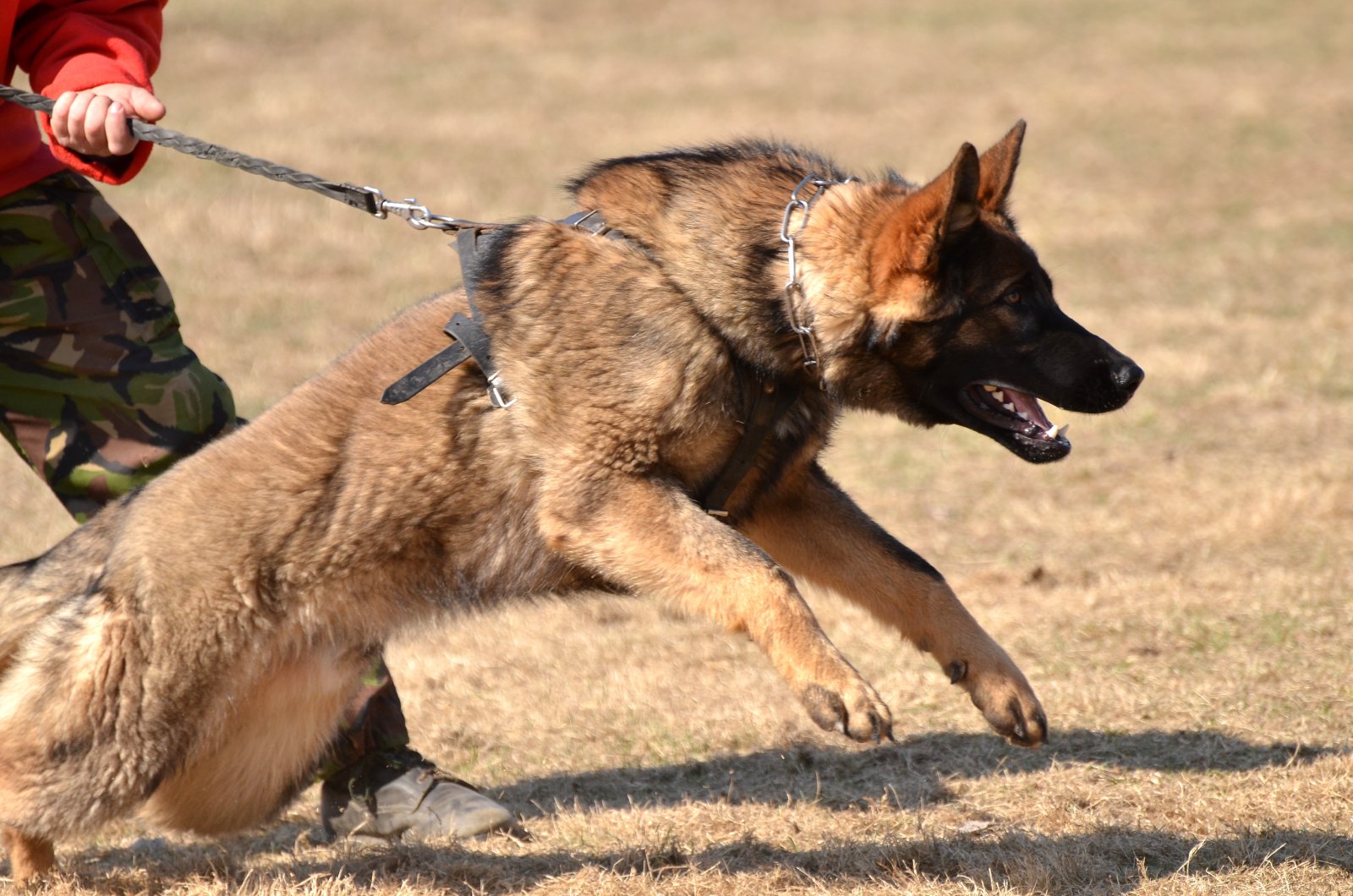
Your dog’s natural protective instincts can turn dangerous. If they misinterpret playful interactions between family members as threats, they might lash out to “defend” you, even from those you love.
2. Resource Guarding
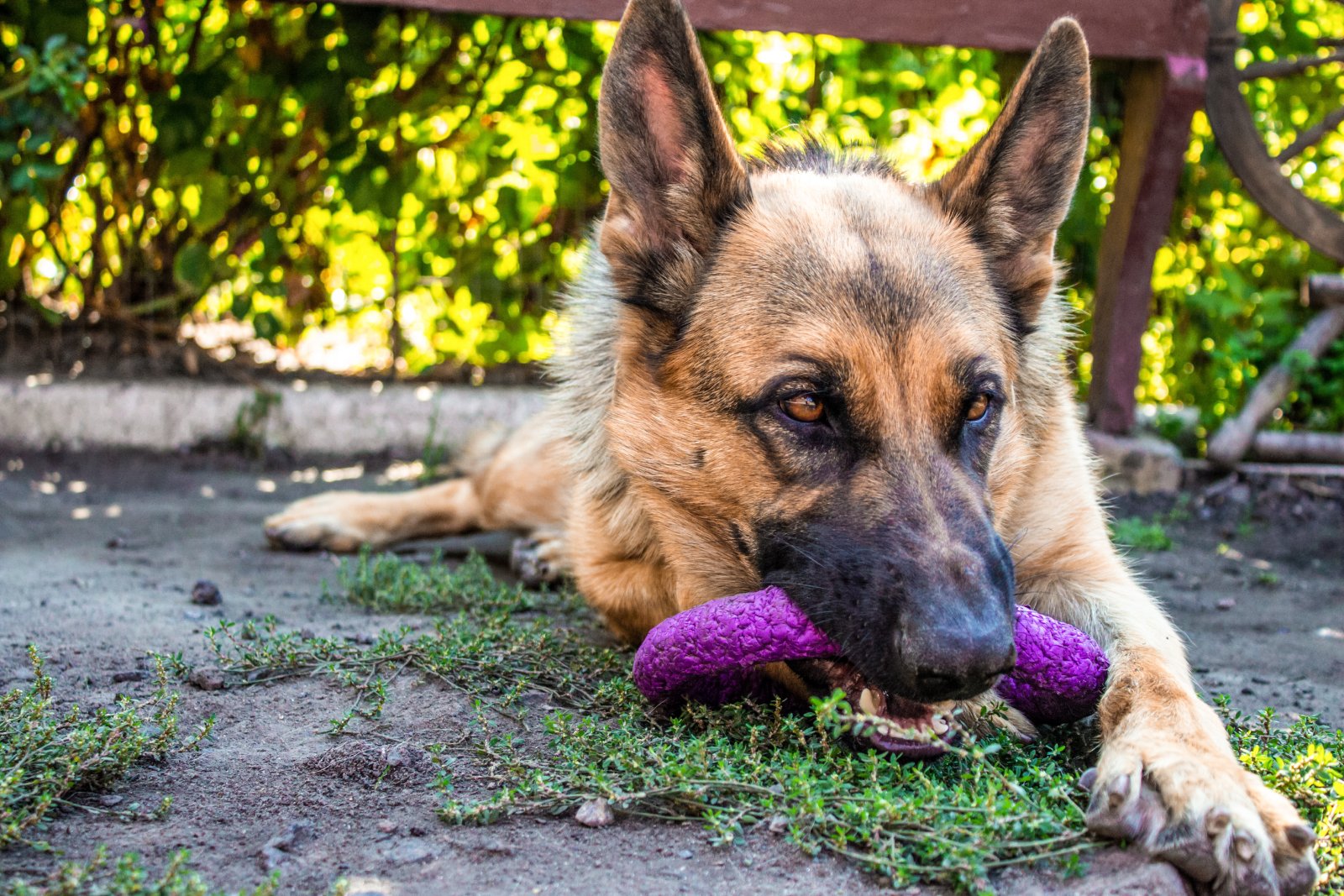
Dogs can become aggressive when guarding their resources, like food, toys, or even a favourite spot. This behaviour can escalate quickly if not addressed, leading to dangerous confrontations.
3. Fear-Based Aggression
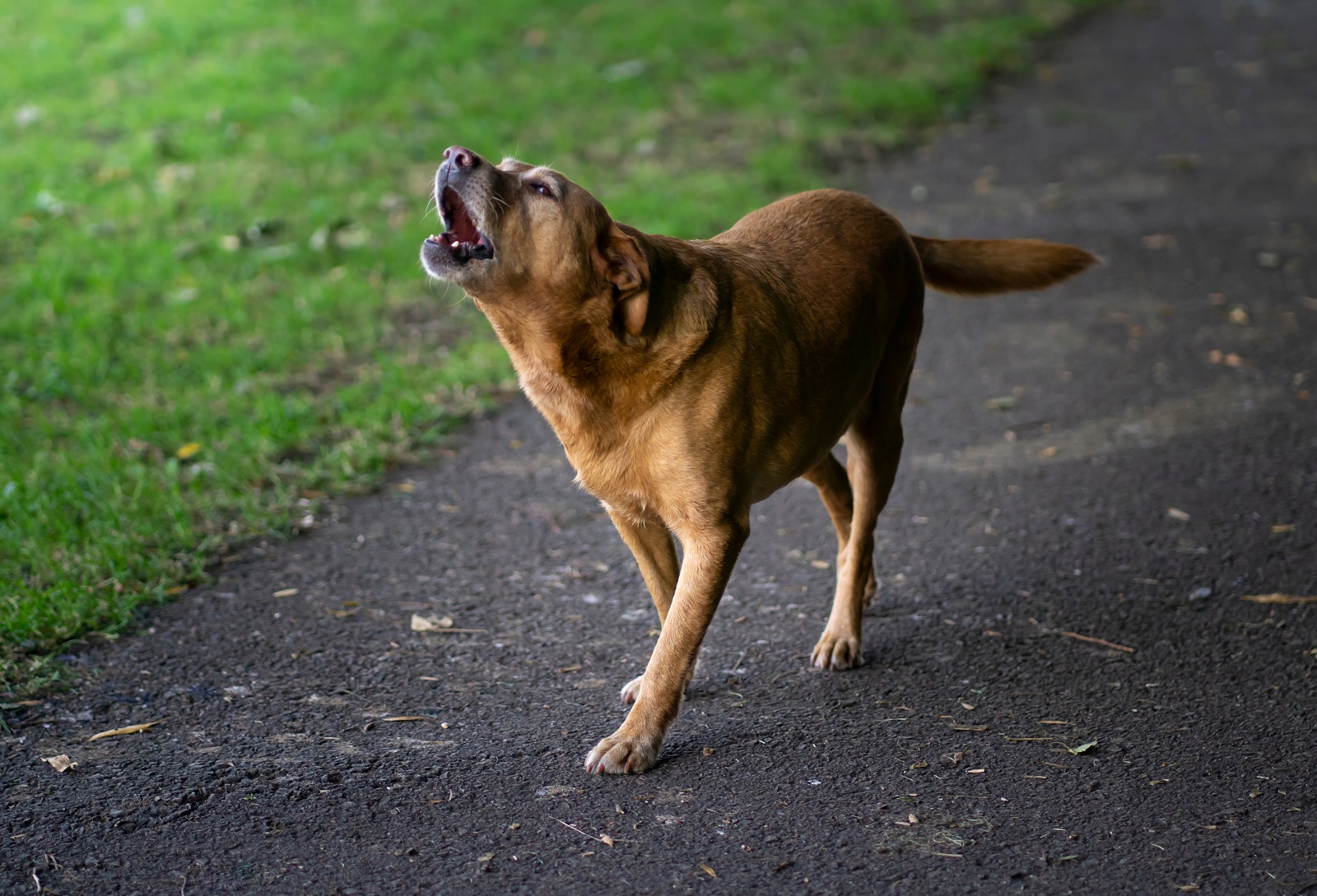
A fearful dog is a ticking time bomb. Triggers such as loud noises or unfamiliar people can push a scared dog to bite, attacking out of sheer panic.
4. Pain-Induced Aggression
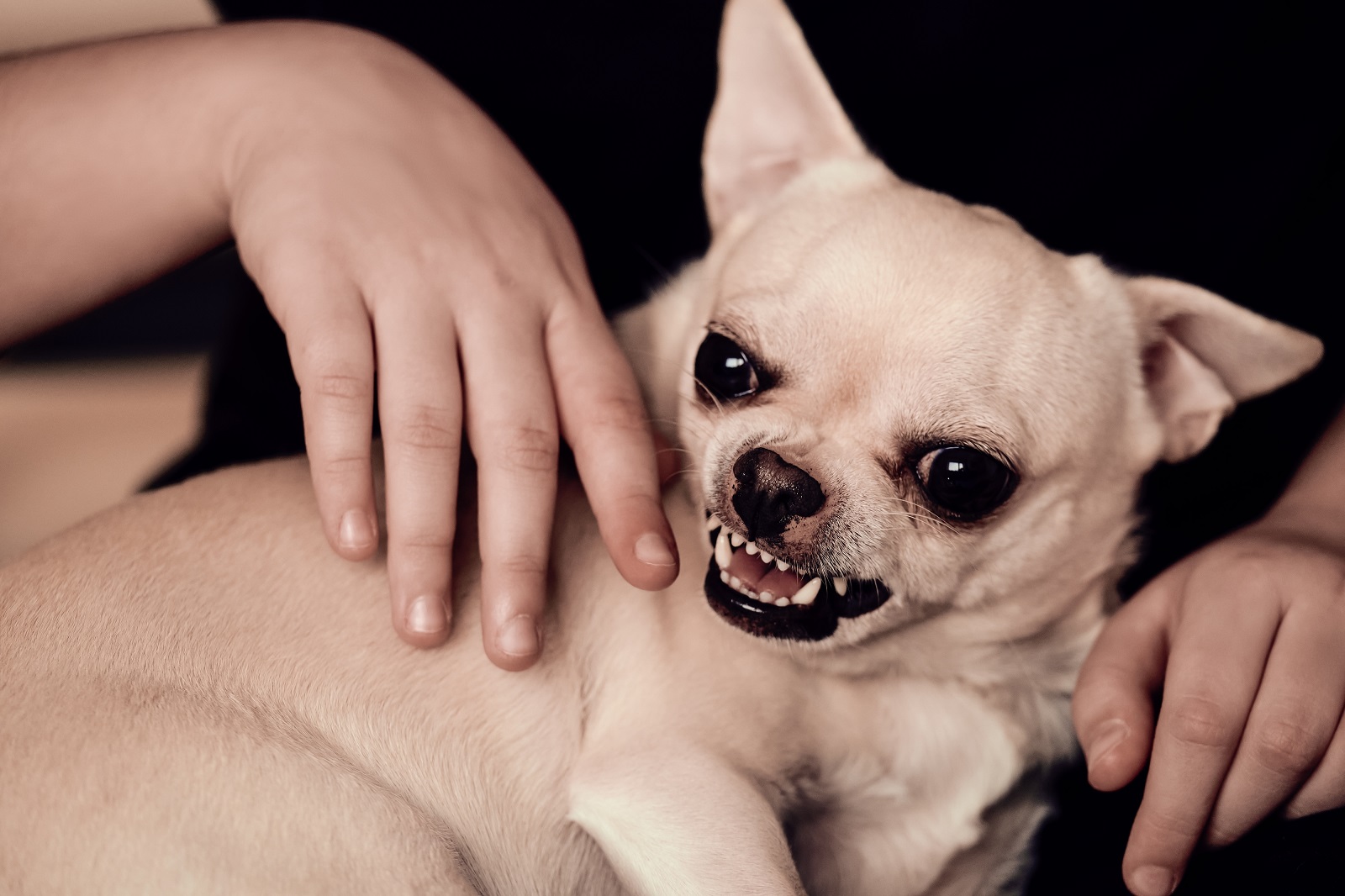
Dogs in pain might react aggressively if touched in a sensitive area. Regular vet check-ups and understanding your dog’s pain points can prevent sudden aggressive outbursts.
5. Dominance Issues

Dogs with dominance issues might challenge family members they see as lower in the pack hierarchy. This can lead to aggressive posturing or even attacks if they feel their status is threatened.
6. Redirected Aggression

A dog that is frustrated or unable to reach a target (like another dog or a person outside) might redirect their aggression towards whoever is closest, including you.
7. Maternal Aggression
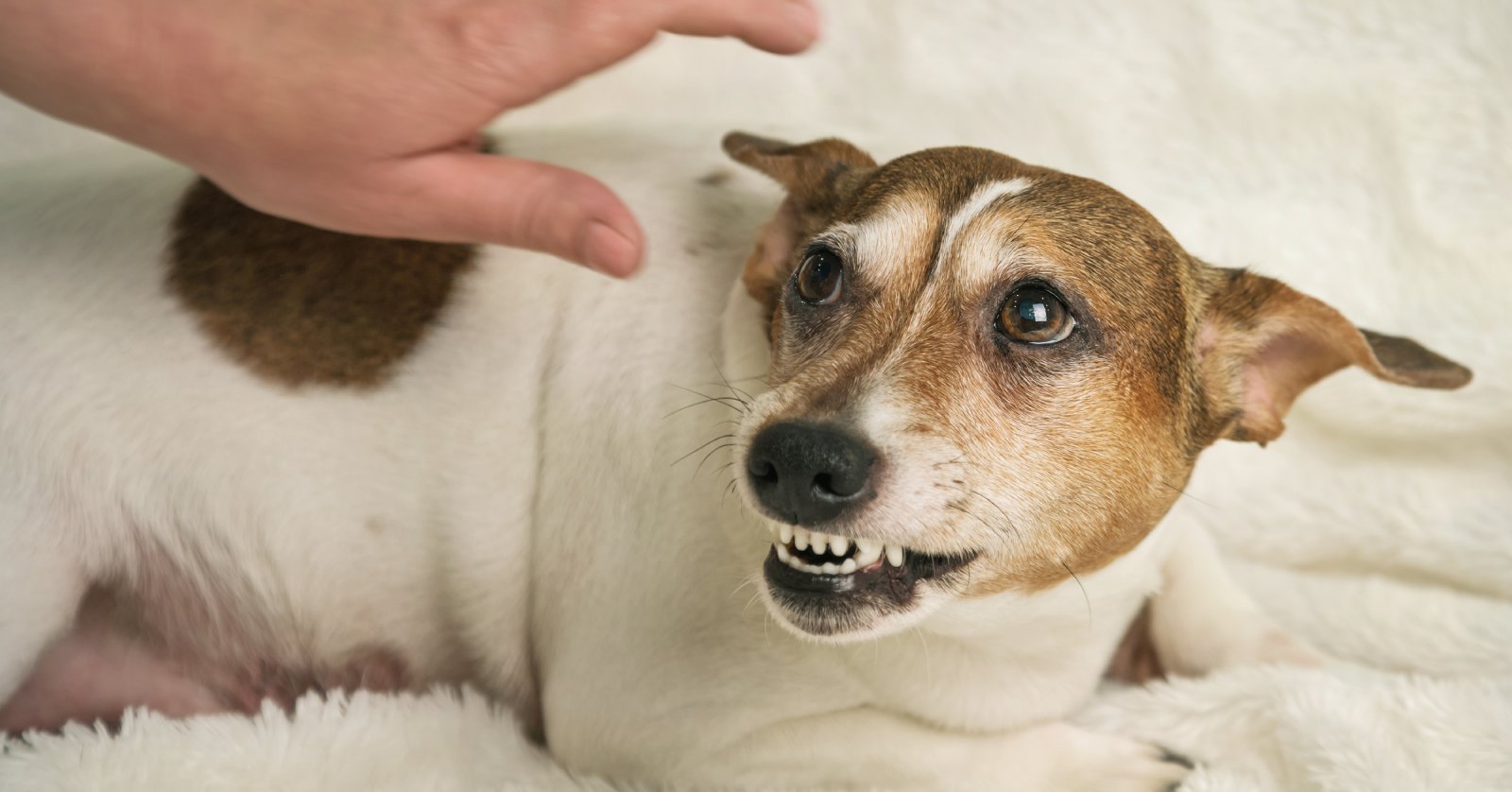
Female dogs with puppies can become fiercely protective. Even trusted family members might be seen as threats, resulting in unexpected bites.
8. Territorial Aggression
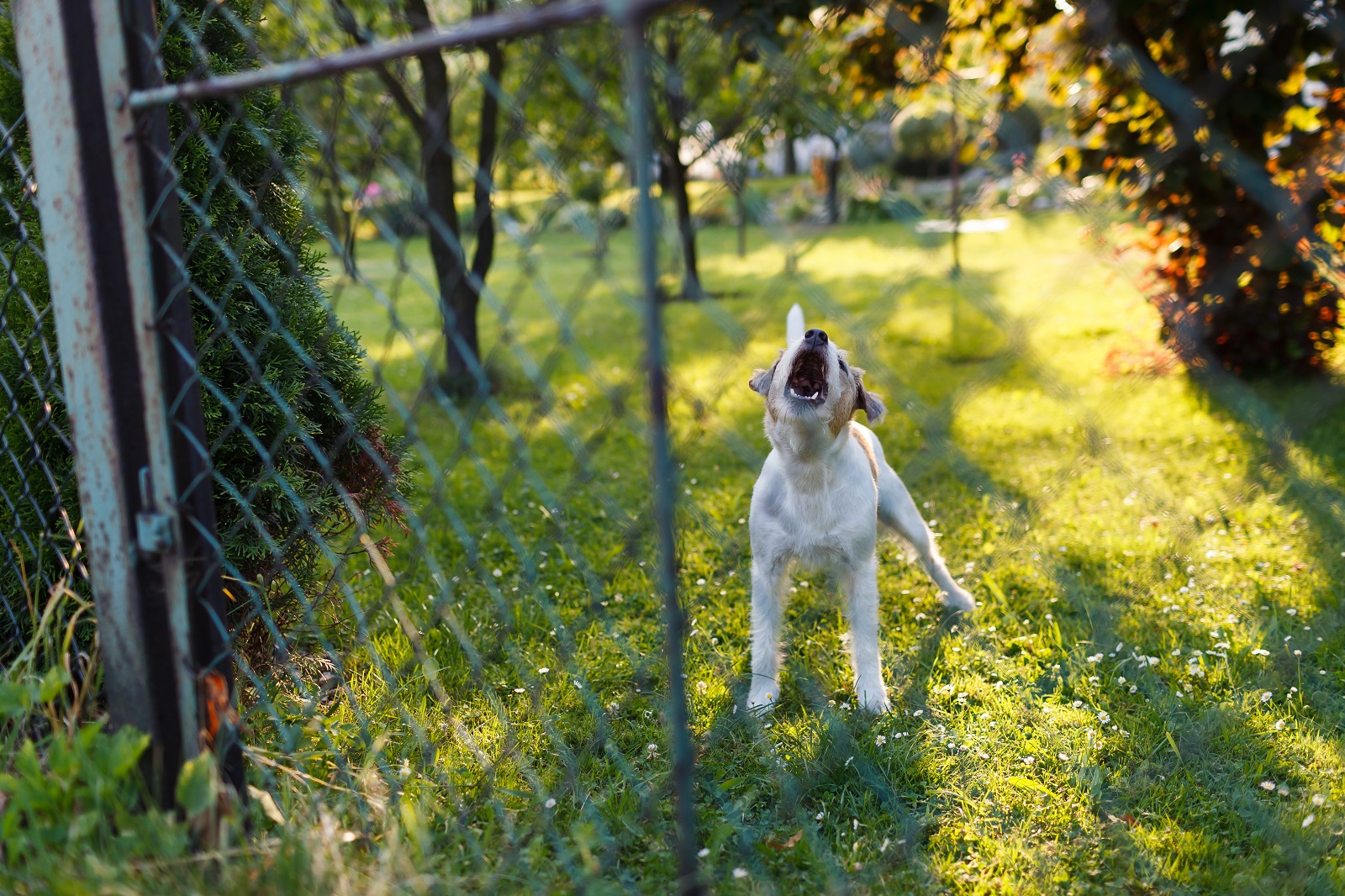
Your dog’s territorial nature can lead to aggression towards visitors. Friends or delivery people entering their perceived domain can trigger defensive attacks.
9. Lack of Socialisation
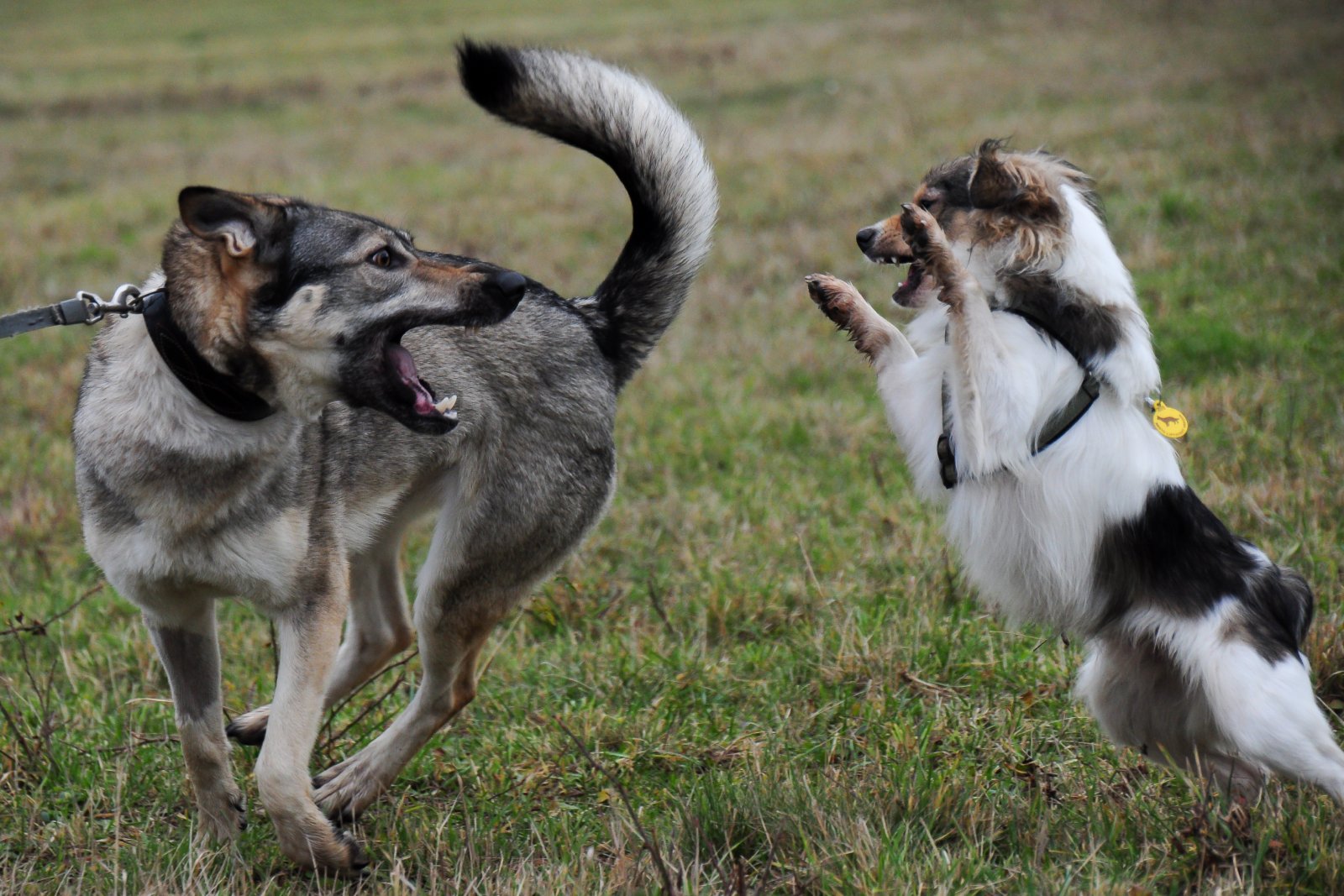
Dogs not properly socialised with other dogs or people can develop fear or aggression towards them. Early and consistent socialisation is key to preventing this.
10. Anxiety and Stress
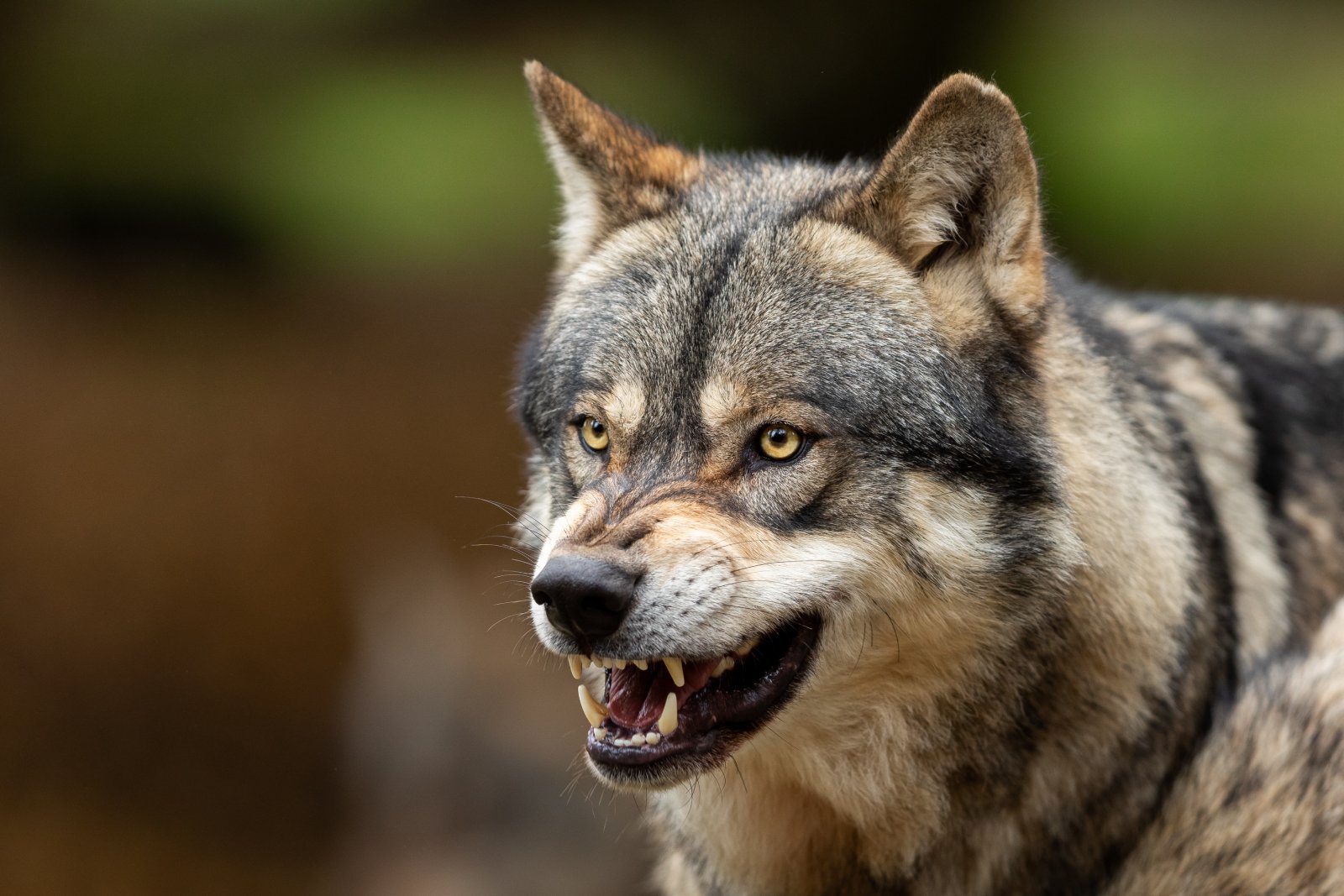
Anxiety-ridden dogs can become unpredictable. Situations like moving house or a new baby can heighten stress and result in aggressive behaviour.
11. Previous Trauma
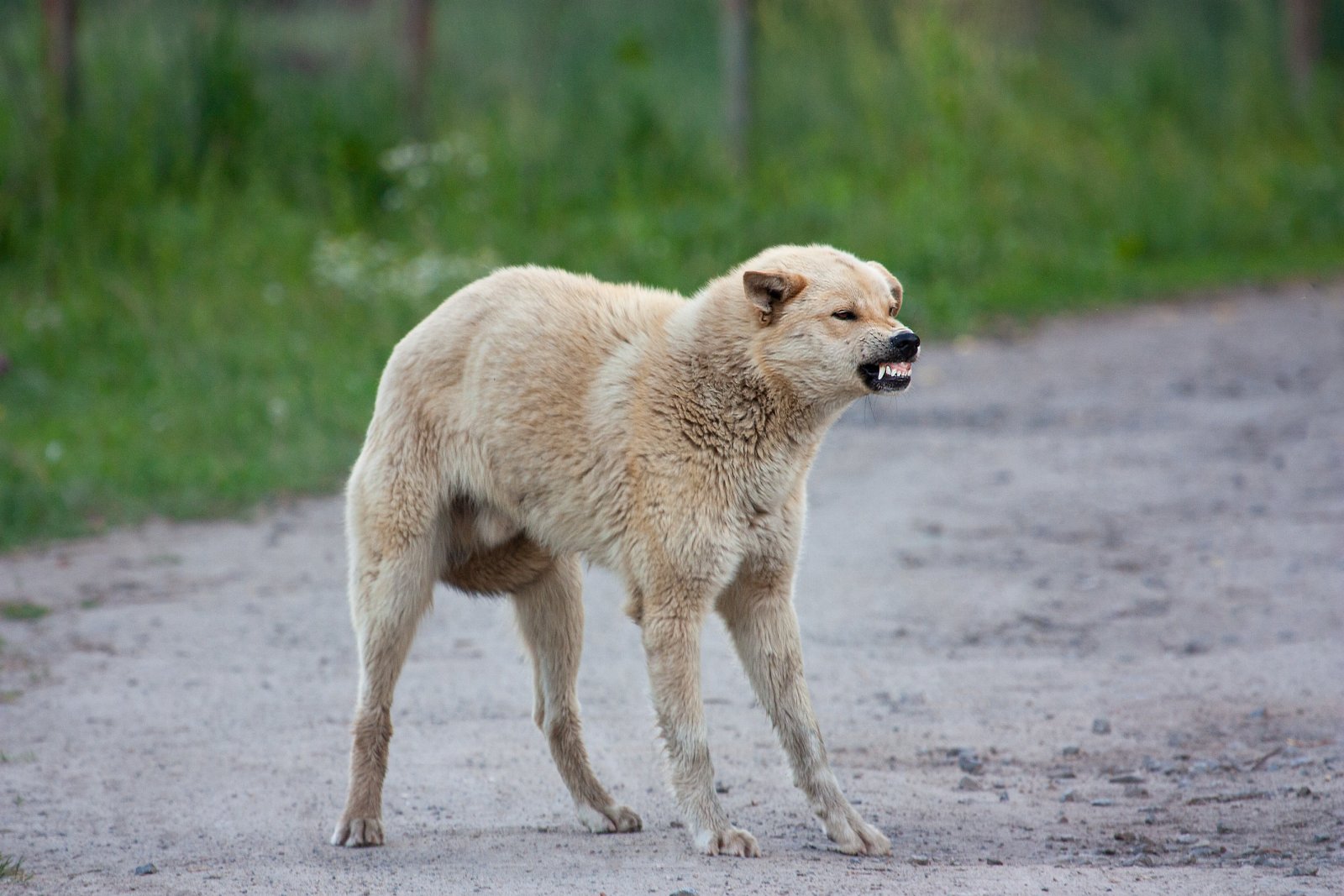
Rescue dogs with a history of abuse or neglect might carry hidden aggression. Understanding their past can help you manage potential triggers.
12. Play Misinterpretation
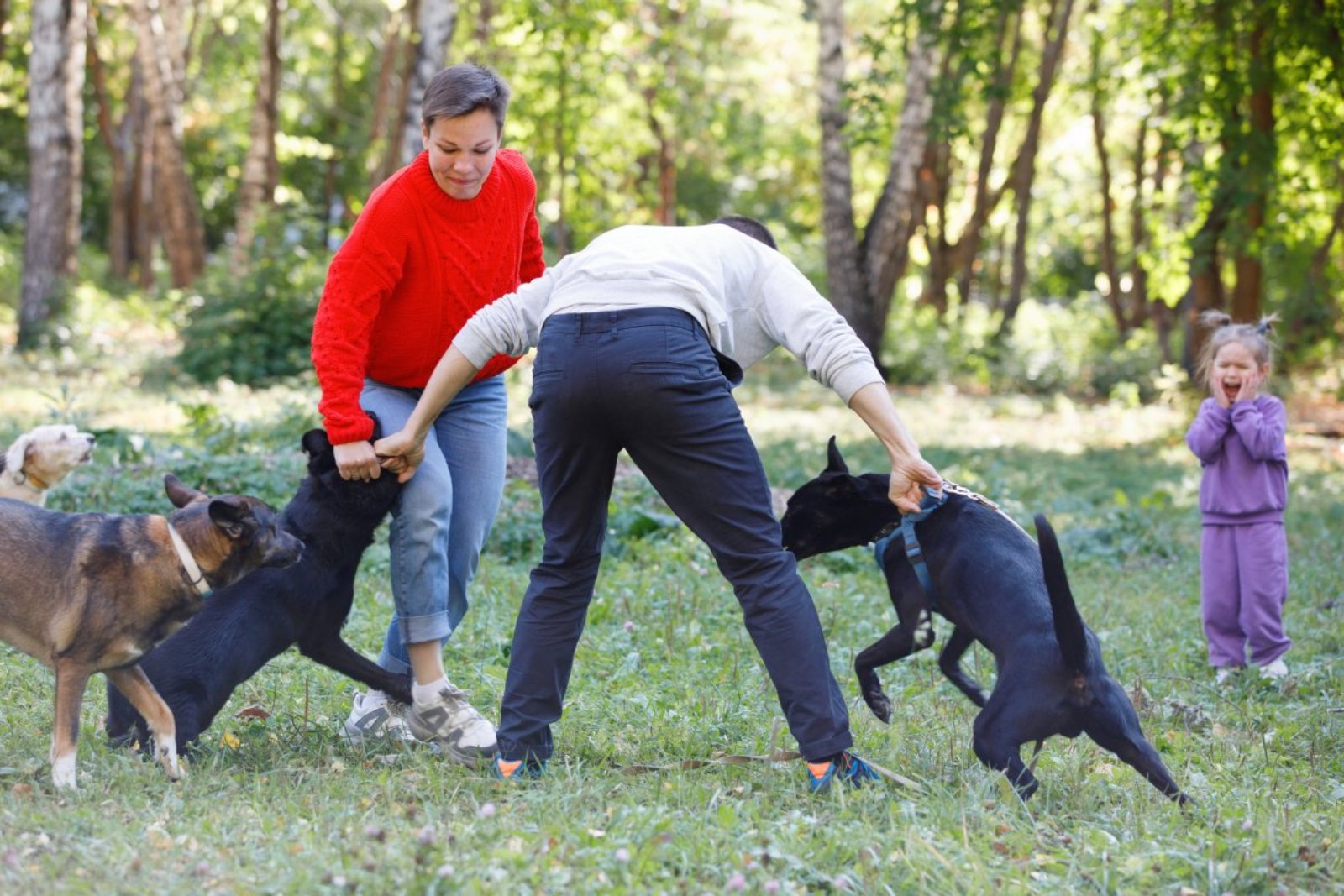
Dogs can misinterpret rough play between children and adults as real fights, prompting them to intervene aggressively. Always supervise interactions closely.
13. Guarding Family Members

A dog overly attached to a particular family member might become aggressive towards others who approach them. This behaviour can escalate to serious attacks.
14. Unfamiliar Environments
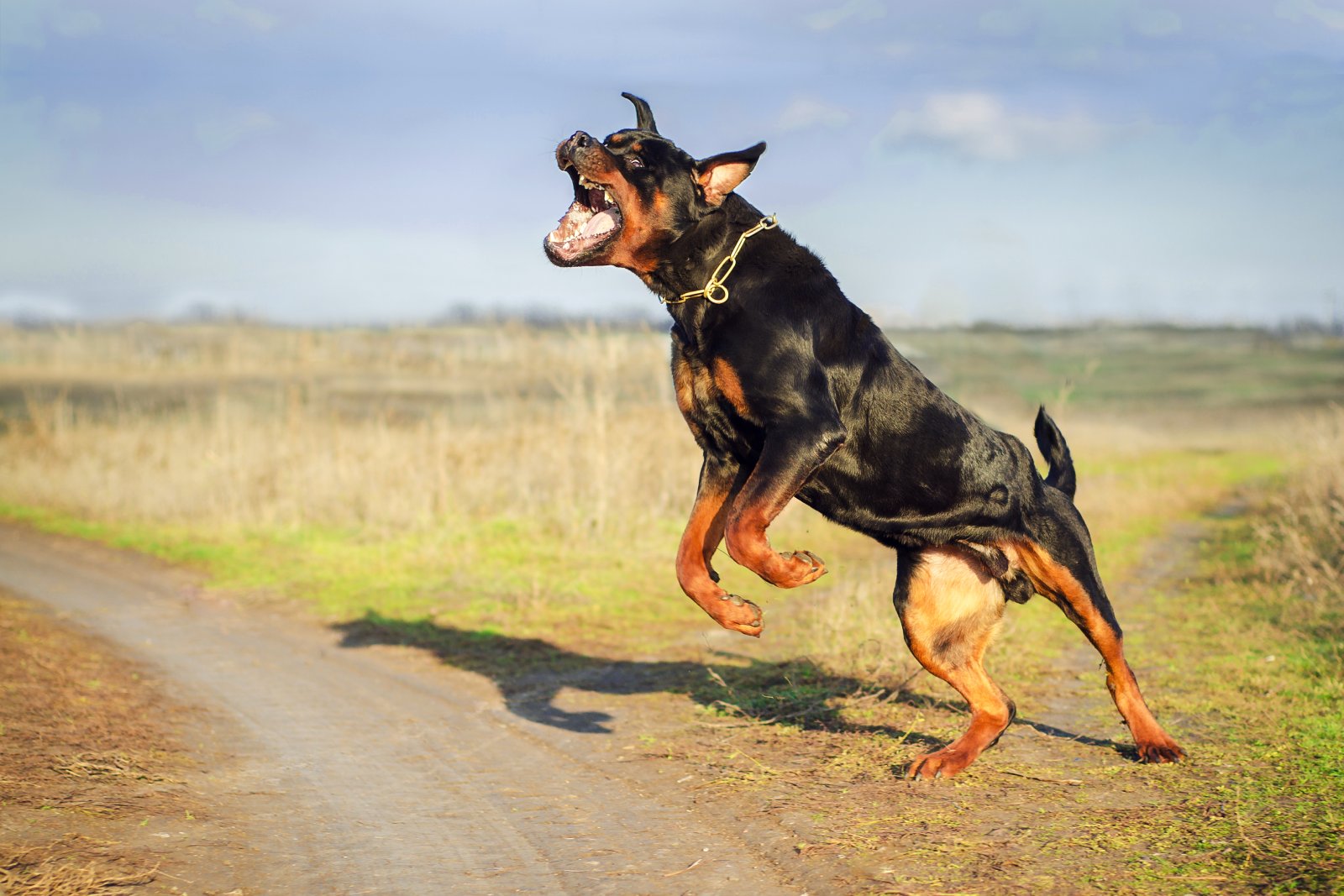
New places can make your dog feel vulnerable and more likely to react aggressively. Gradual exposure to new environments can help them adjust without feeling threatened.
15. Poor Training
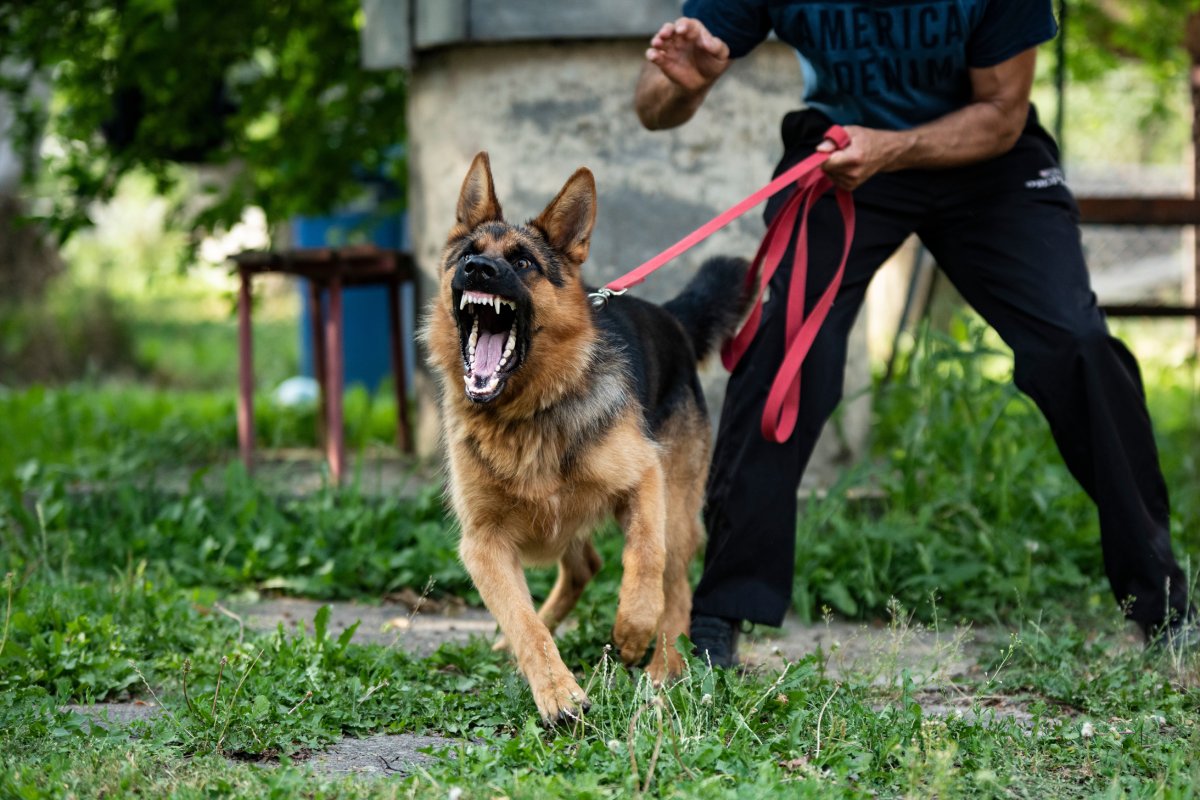
Lack of proper training can lead to a dog not understanding their place in the family hierarchy. Clear, consistent training helps prevent confusion and aggression.
16. High Prey Drive
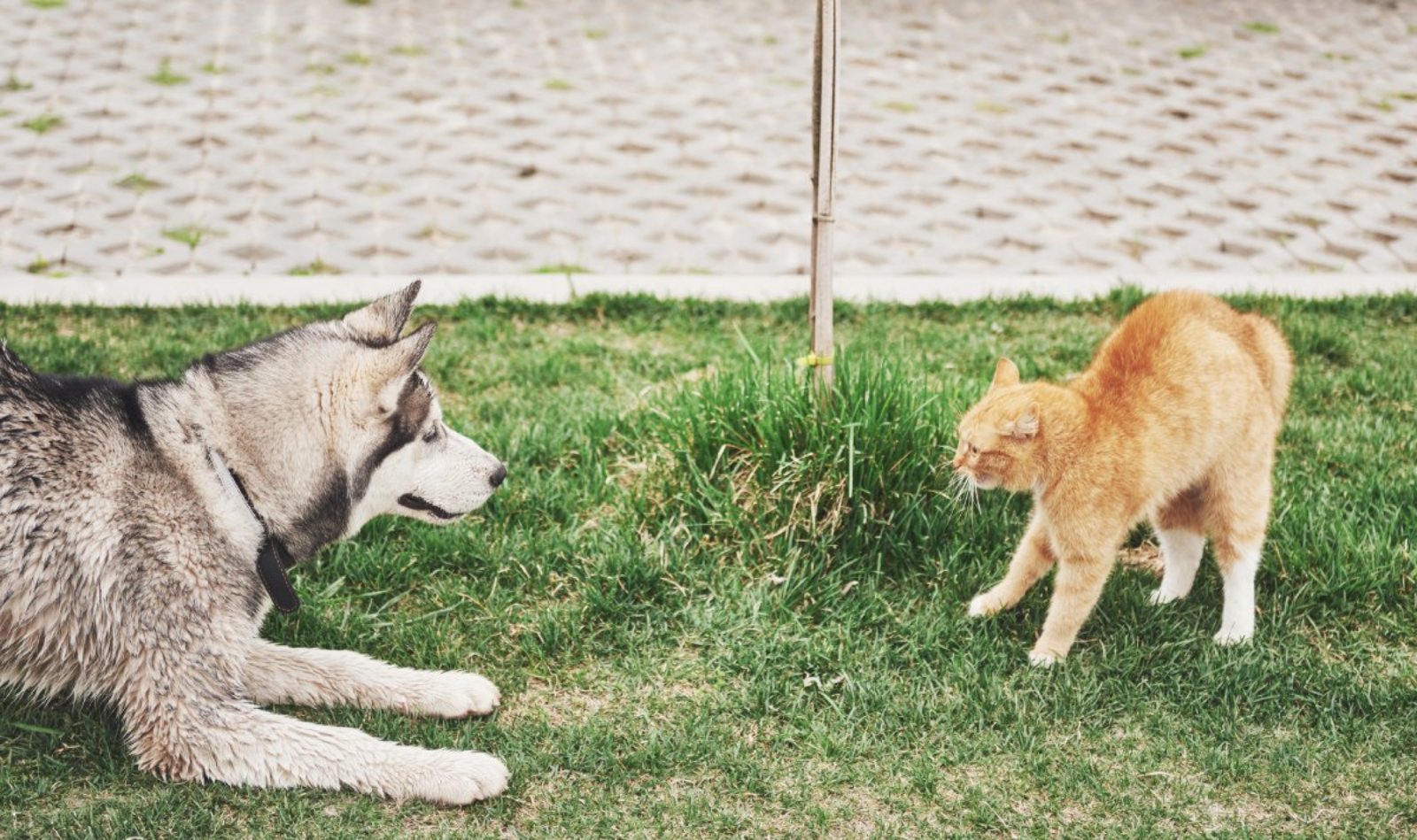
Dogs with a high prey drive might chase and attack smaller pets or even children. Recognising this trait is crucial for managing their behaviour.
17. Breed Tendencies
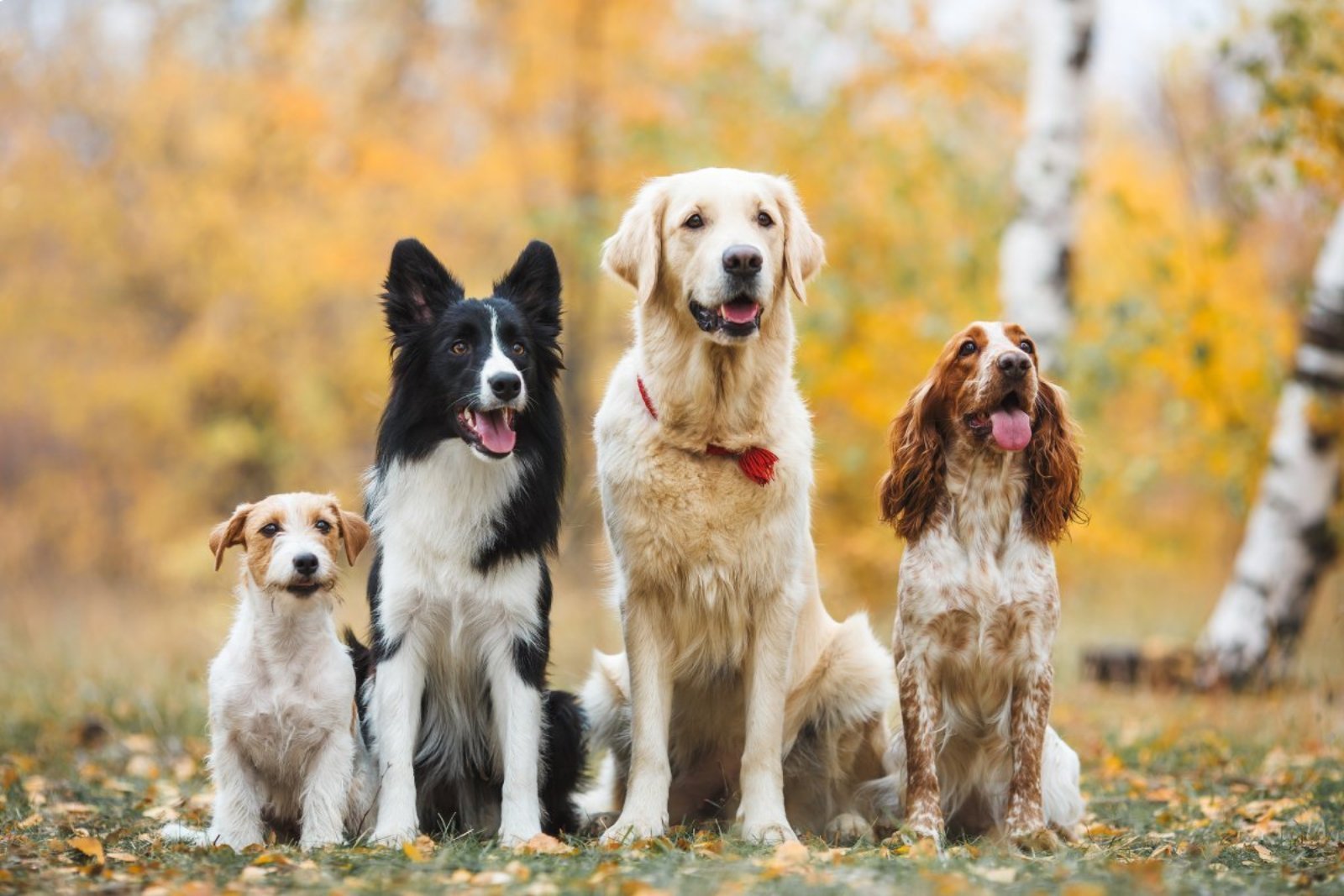
Certain breeds have a predisposition for aggressive behaviour. Knowing your dog’s breed tendencies can help you prepare and prevent potential aggression.
18. Lack of Exercise
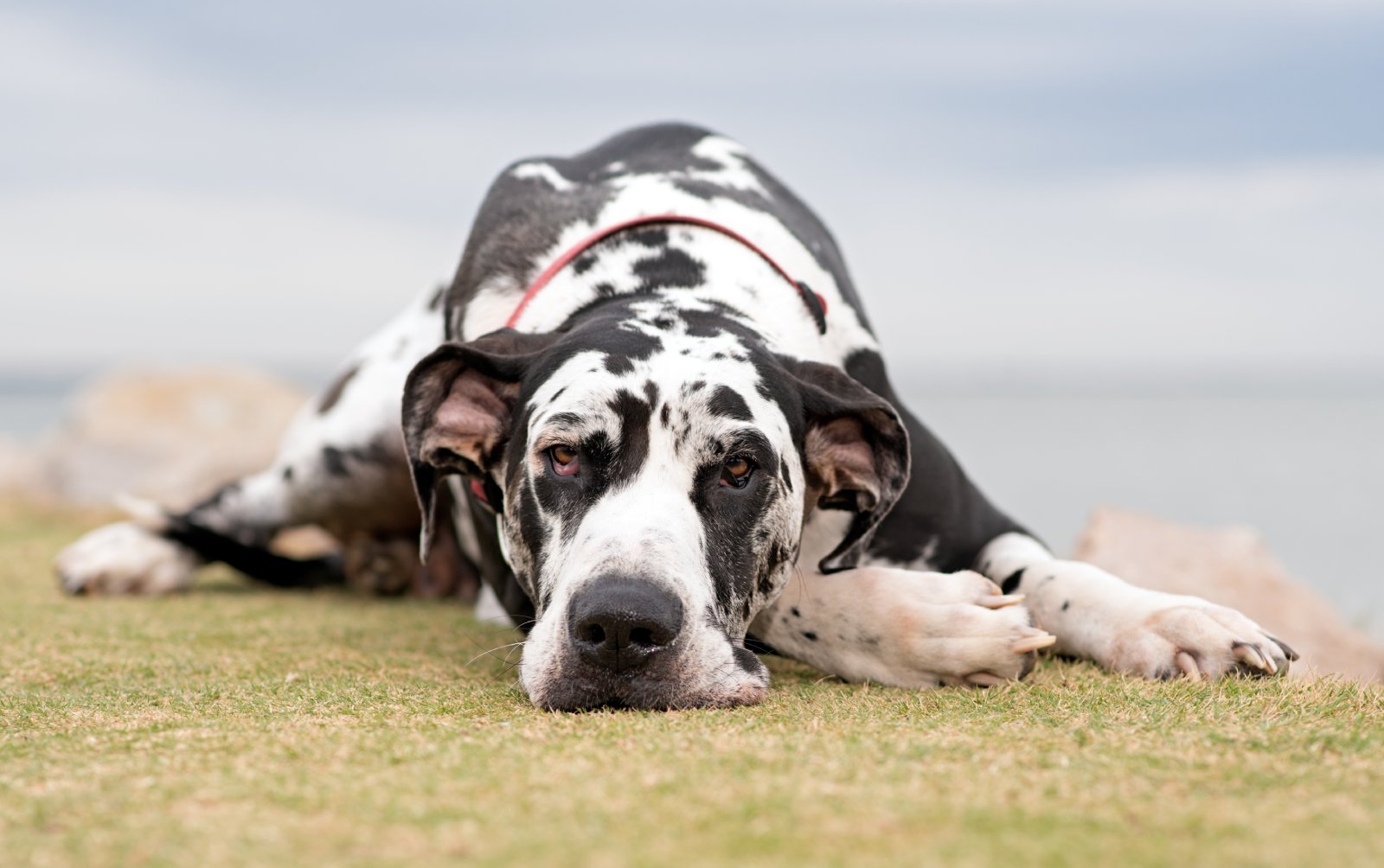
Under-exercised dogs can become frustrated and aggressive. Regular physical and mental stimulation is essential for maintaining a calm and balanced dog.
19. Aggression Towards Other Dogs

Some dogs are naturally more aggressive towards others. Careful socialisation and supervision during interactions with other dogs are vital.
20. Misunderstanding Body Language
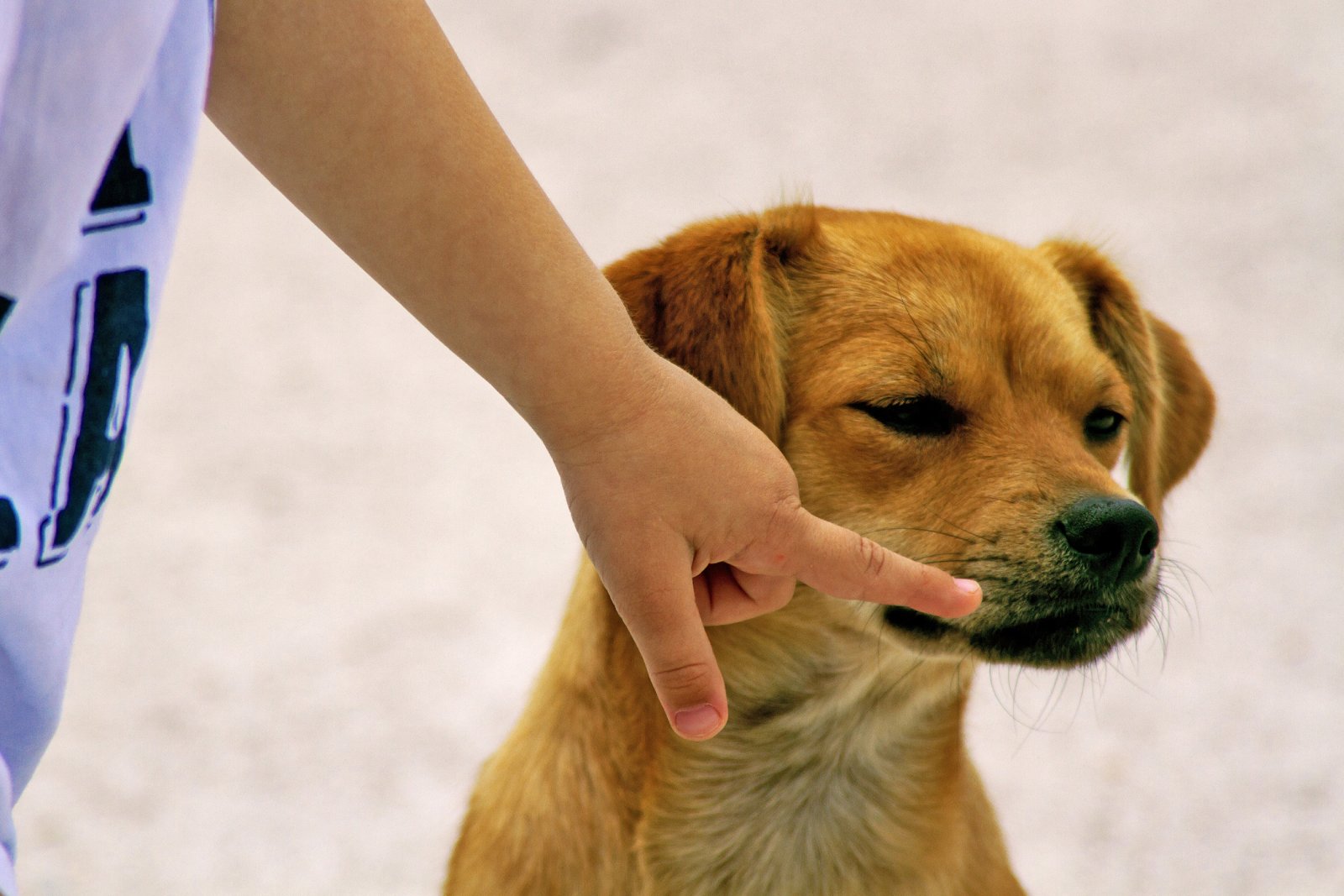
Many owners misinterpret their dog’s body language, missing warning signs of aggression. Learning to read your dog’s signals can prevent dangerous situations.
The Hidden Danger Within
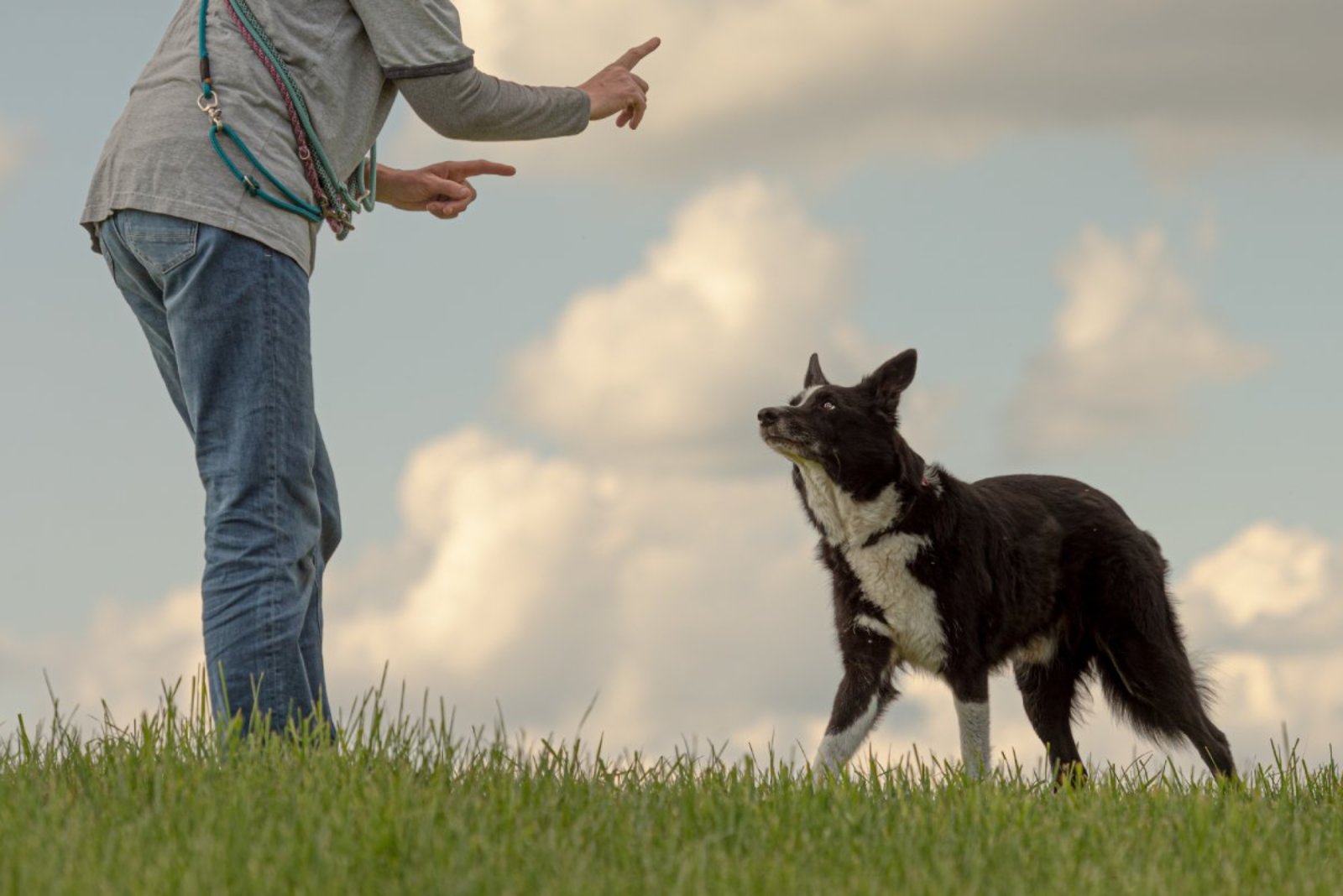
Your dog’s hidden aggression is a serious issue that requires attention and understanding. By recognising these behaviours and taking proactive steps, you can ensure the safety of your family and maintain a harmonious relationship with your beloved pet. Are you truly aware of what it takes to keep your dog’s aggression in check?
The post 20 Disturbing Facts About Your Dog’s Hidden Aggression first appeared on PawShore.
Featured Image Credit: Shutterstock / dimid_86.
For transparency, this content was partly developed with AI assistance and carefully curated by an experienced editor to be informative and ensure accuracy.

